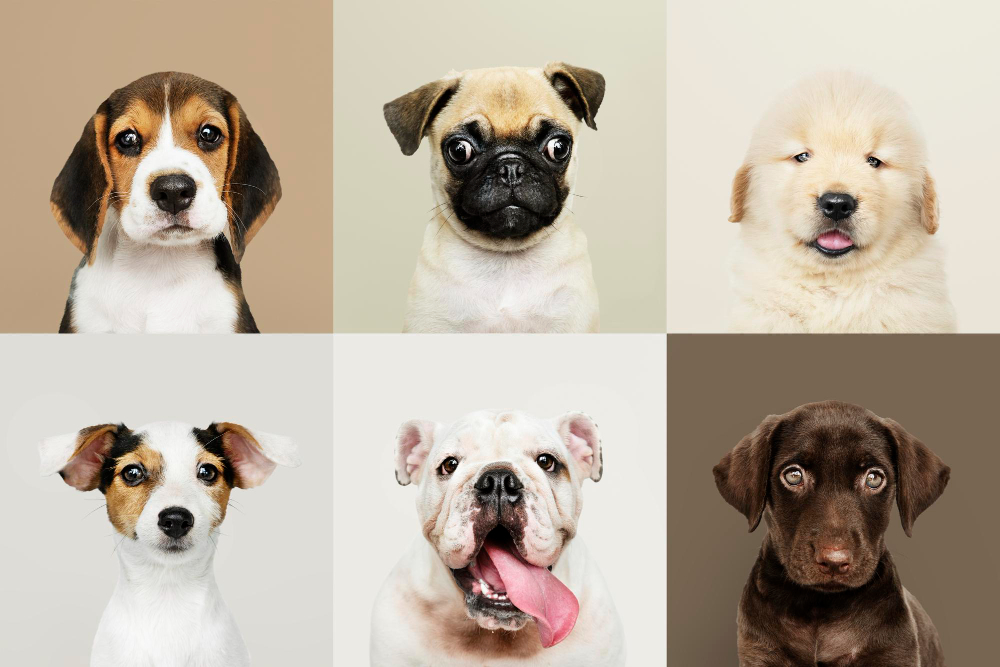As 2023 unfolds, the dynamic landscape of America’s favorite dog breeds reveals intriguing shifts and steadfast loyalties. Each year, the list of top dog breeds provides a window into the nation’s evolving canine preferences. While some breeds maintain their iconic status, others rise in popularity, reflecting changing tastes and lifestyles. From the ever-popular Labrador Retriever to the captivating charm of the Dachshund, our list delves deep into the unique attributes, histories, and characteristics that make these breeds so beloved. Moreover, this year introduces a special newcomer that’s capturing attention. Whether you’re considering adding a new four-legged friend to your family or are an avid dog enthusiast, journey with us as we unveil the top 10 most popular dog breeds in the USA for 2023 and the stories that make them so special.
America’s Top 10 Canine Companions: Celebrating the Most Cherished Dog Breeds of 2023
Embark on a journey through the diverse world of canine favorites, from playful pups to loyal guardians. Discover the eclectic mix of breeds that have captured American hearts and homes in 2023.
-
French Bulldog
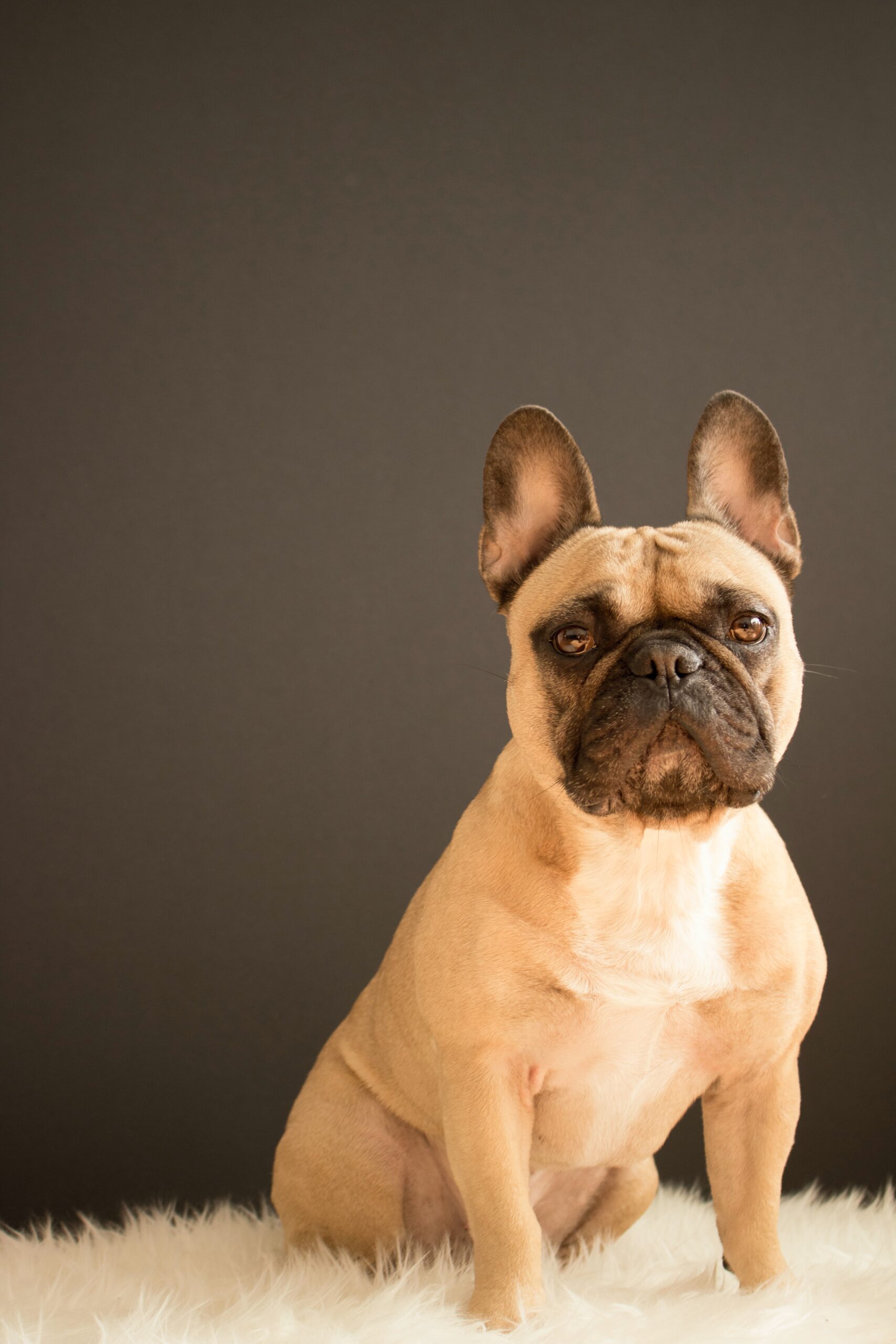
- Uniqueness: Compact size with bat-like ears.
- Temperament: Affectionate, playful, and alert.
- Suitability for Families: Excellent; they thrive on human interaction.
- Exercise Needs: Moderate; daily walks and playtime.
- Training: Eager to please but can be stubborn; positive reinforcement works best.
- Common Behavioral Issues: Can be possessive and territorial.
- Grooming: Low; occasional brushing and regular ear cleaning.
- Dietary Needs: Prone to obesity; measured meals recommended.
- Attributes: Adaptable to city living, low-maintenance exercise needs, and charming companions.
-
Labrador Retriever
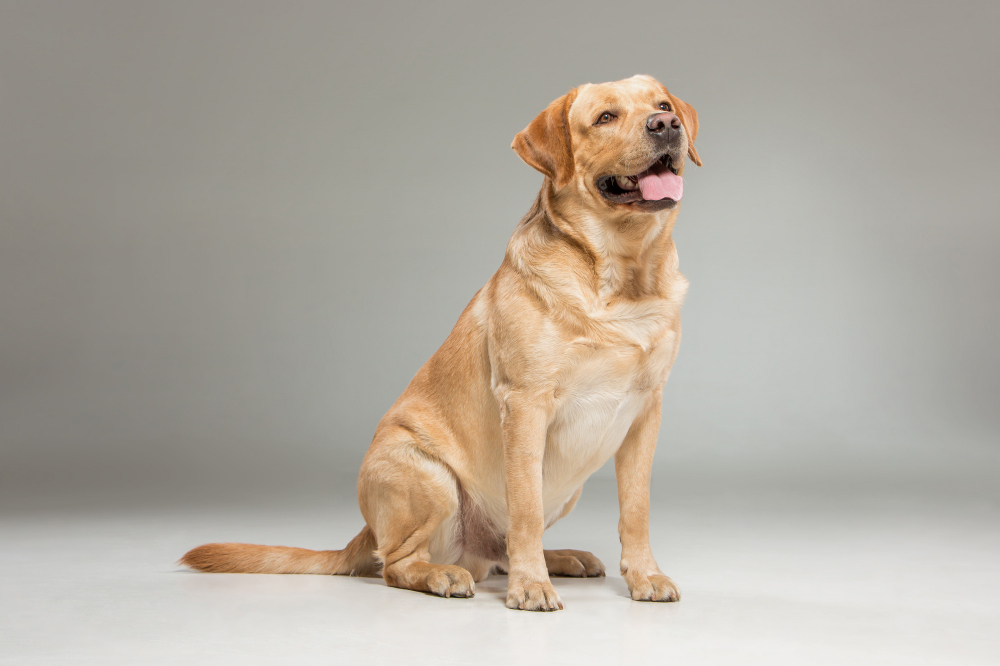
- Uniqueness: Friendly face with expressive eyes.
- Temperament: Outgoing, even-tempered, and gentle.
- Suitability for Families: Excellent; great with kids and other pets.
- Exercise Needs: High; they love to play fetch and swim.
- Training: Intelligent and eager to please; respond well to positive training methods.
- Common Behavioral Issues: Chewing if bored or anxious.
- Grooming: Moderate; regular brushing to reduce shedding.
- Dietary Needs: Watch for overeating; prone to obesity.
- Attributes: Versatile, loyal, and a favorite among families.
-
German Shepherd
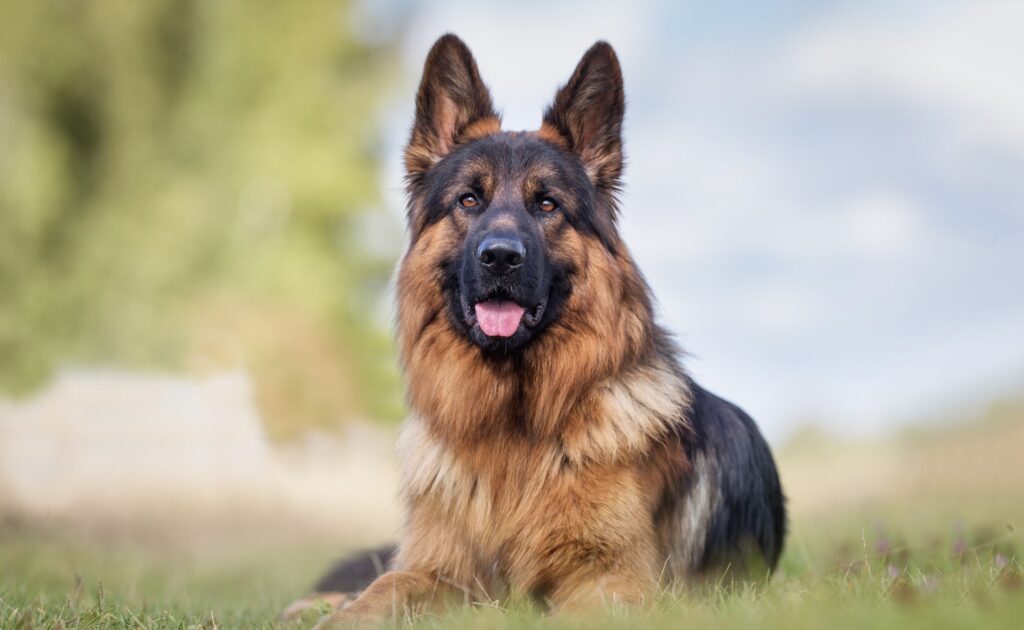
- Uniqueness: Strong physique with a confident stance.
- Temperament: Alert, obedient, and curious.
- Suitability for Families: Good; protective of their families.
- Exercise Needs: High; they benefit from tasks and jobs.
- Training: Highly trainable; often used as service dogs.
- Common Behavioral Issues: Barking and digging.
- Grooming: High; frequent brushing to manage shedding.
- Dietary Needs: Protein-rich diet for energy.
- Attributes: Intelligent, brave, and loyal family protectors.
-
Golden Retriever
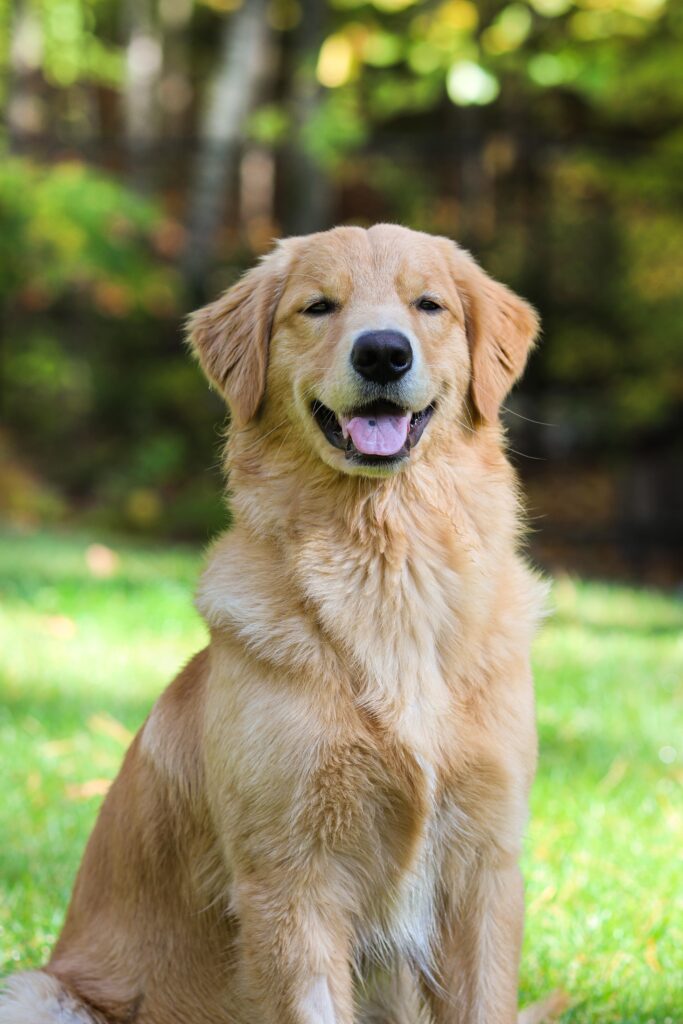
- Uniqueness: Lustrous golden coat.
- Temperament: Friendly, intelligent, and devoted.
- Suitability for Families: Excellent; patient and gentle with kids.
- Exercise Needs: High; they love retrieving games.
- Training: Very trainable; excel in obedience competitions.
- Common Behavioral Issues: Mouthiness; tendency to chew.
- Grooming: Moderate; regular brushing to manage shedding.
- Dietary Needs: Balanced diet to maintain a healthy weight.
- Attributes: Friendly, tolerant, and dependable family pets.
-
Dachshund
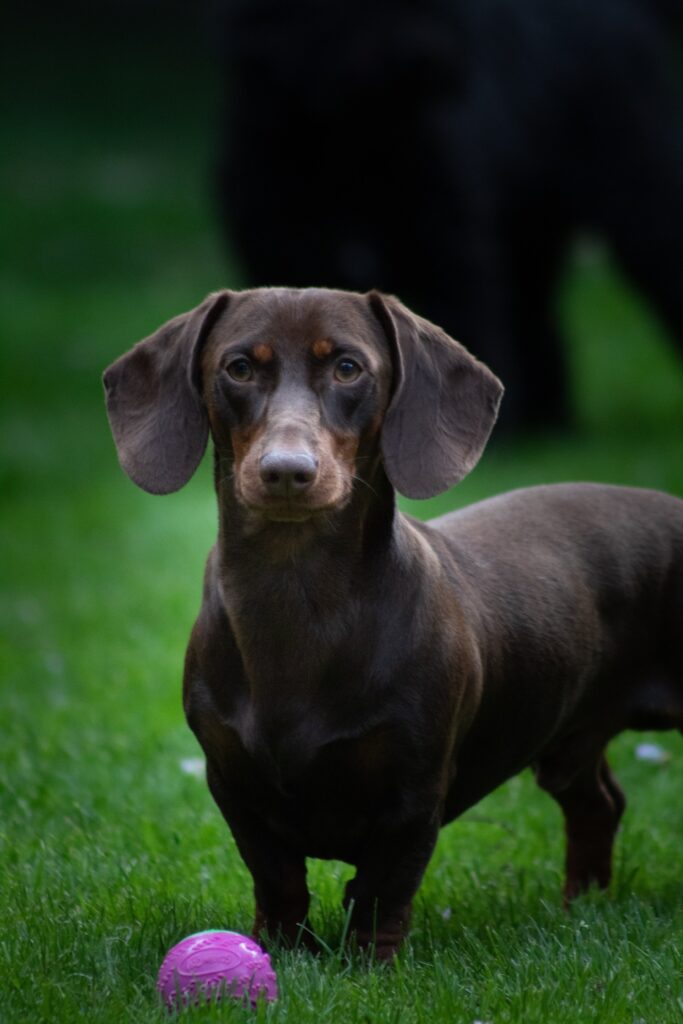
- Uniqueness: Distinctive elongated body.
- Temperament: Clever, lively, and courageous.
- Suitability for Families: Good; can be a bit stubborn.
- Exercise Needs: Moderate; enjoy games and short walks.
- Training: Can be stubborn; consistency is key.
- Common Behavioral Issues: Tendency to bark and dig.
- Grooming: Varies by coat type; regular brushing.
- Dietary Needs: Watch portion sizes; prone to obesity.
- Attributes: Spirited, curious, and loyal to their families.
-
Poodle (All sizes)
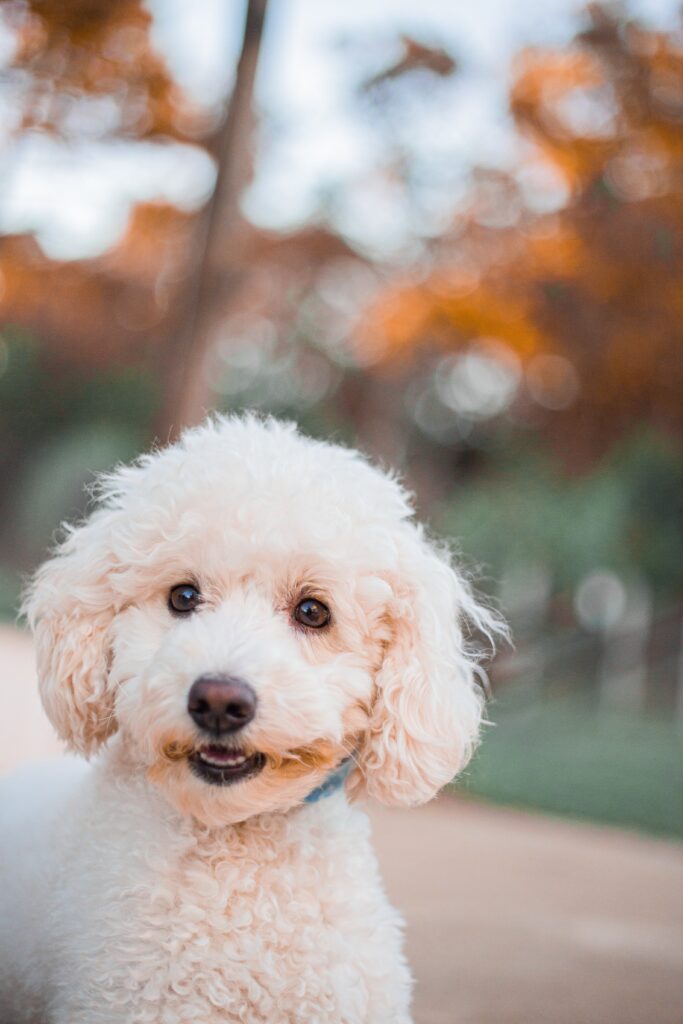
- Uniqueness: Curly, hypoallergenic coat.
- Temperament: Active, proud, and very smart.
- Suitability for Families: Excellent; adaptable to various living situations.
- Exercise Needs: High for standards; moderate for miniatures and toys.
- Training: Highly trainable; excels in dog sports.
- Common Behavioral Issues: Can be overly sensitive and anxious.
- Grooming: High; regular grooming sessions required.
- Dietary Needs: Balanced diet; prone to certain genetic health issues.
- Attributes: Intelligent, elegant, and friendly.
-
Siberian Husky
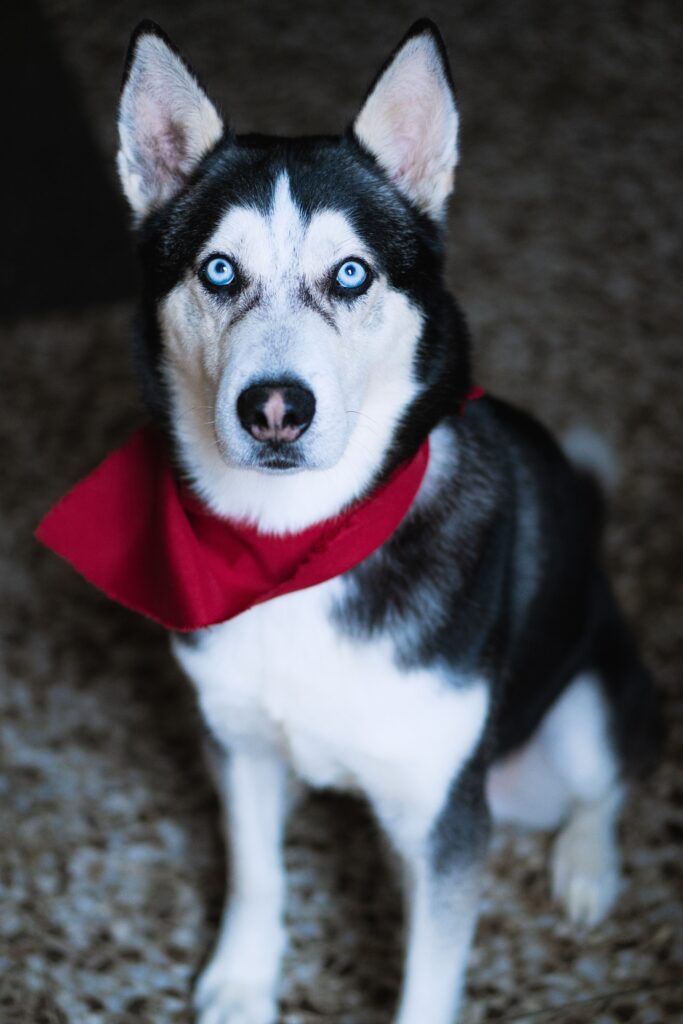
- Uniqueness: Striking blue eyes and wolf-like appearance.
- Temperament: Mischievous, loyal, and outgoing.
- Suitability for Families: Good; best with active families.
- Exercise Needs: High; need regular physical activity.
- Training: Can be independent; early training is beneficial.
- Common Behavioral Issues: Escape tendencies; love to roam.
- Grooming: High; regular brushing especially during shedding seasons.
- Dietary Needs: Balanced diet; avoid overfeeding.
- Attributes: Energetic, friendly, and love for running.
-
Rottweiler
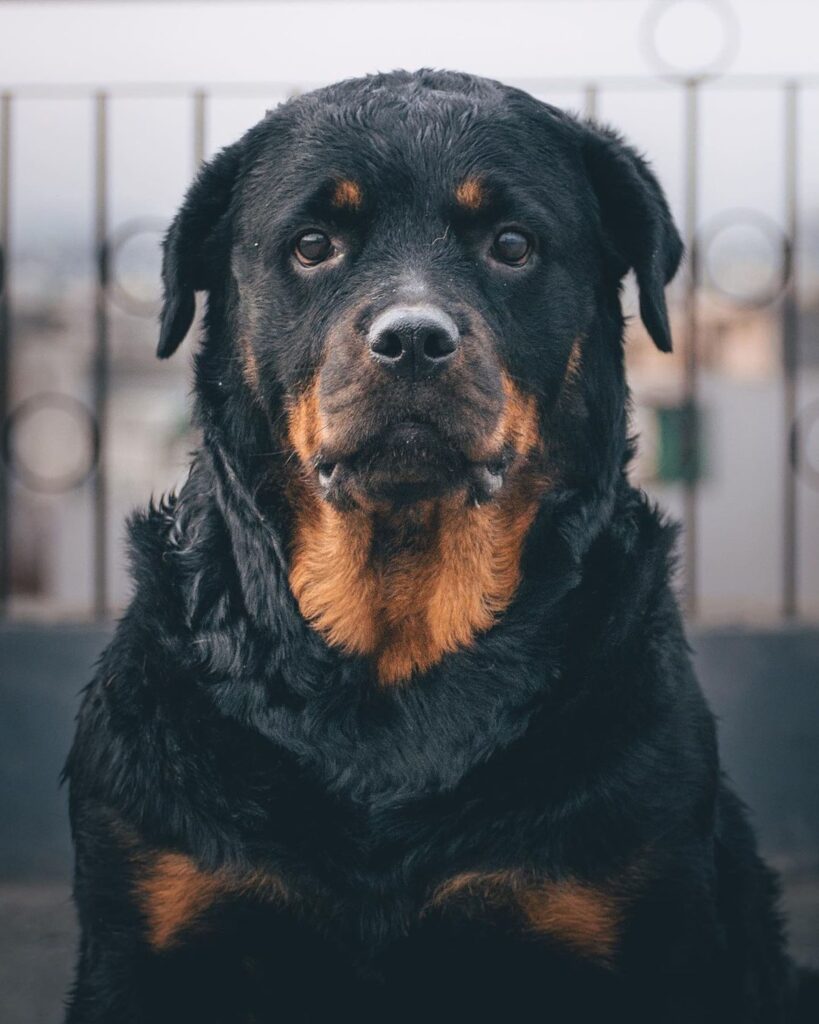
- Uniqueness: Robust build with a confident gait.
- Temperament: Confident, fearless, and good-natured.
- Suitability for Families: Good; protective instincts.
- Exercise Needs: High; thrive on work and tasks.
- Training: Need consistent, positive training methods.
- Common Behavioral Issues: Can be aloof with strangers.
- Grooming: Low; occasional brushing.
- Dietary Needs: Protein-rich diet for muscle maintenance.
- Attributes: Protective, fearless, and affectionate with family.
-
Yorkshire Terrier
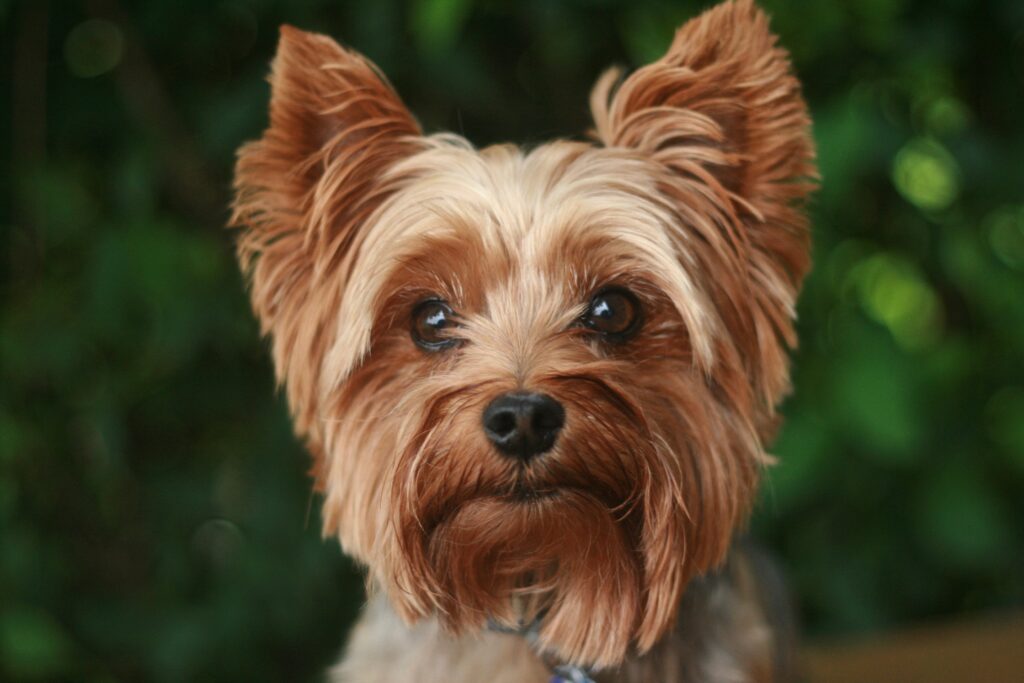
- Uniqueness: Silky, fine coat and petite size.
- Temperament: Spirited, affectionate, and small but feisty.
- Suitability for Families: Good; best with older children.
- Exercise Needs: Moderate; enjoy playtime.
- Training: Can be stubborn; benefit from early socialization.
- Common Behavioral Issues: Barking at unfamiliar sounds.
- Grooming: High; regular grooming to maintain coat.
- Dietary Needs: Small, frequent meals.
- Attributes: Bold, confident, and perfect city companions.
-
Boxer
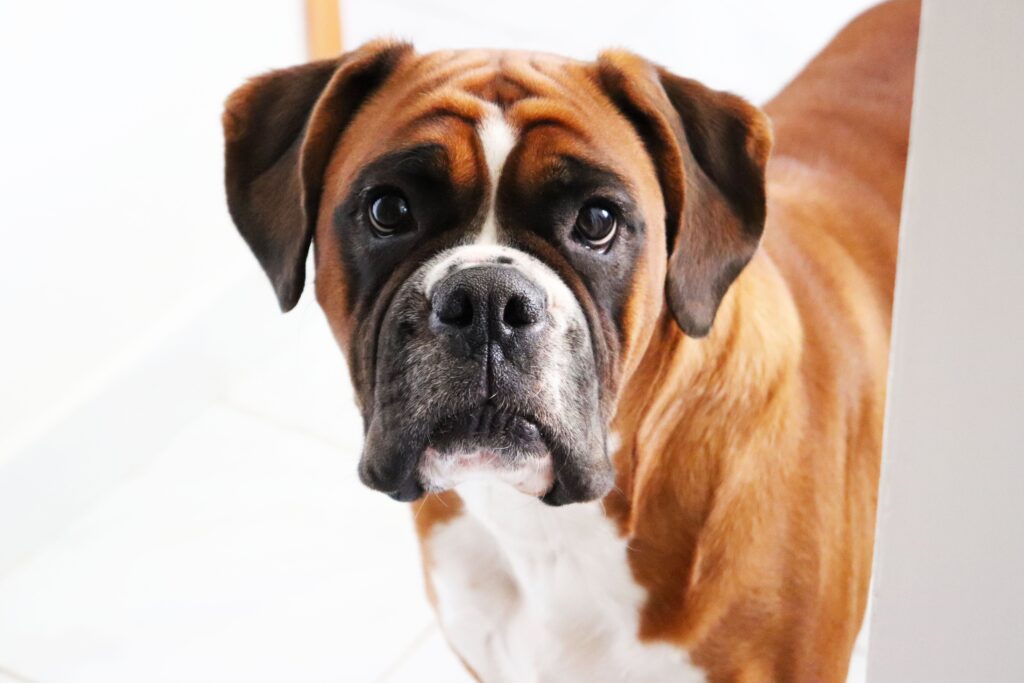
- Uniqueness: Muscular body with a square muzzle.
- Temperament: Fun-loving, energetic, and watchful.
- Suitability for Families: Excellent; protective instincts.
- Exercise Needs: High; thrive on play and exercise.
- Training: Eager to learn but can be stubborn.
- Common Behavioral Issues: Jumping up on people.
- Grooming: Low; occasional brushing.
- Dietary Needs: Balanced diet with protein.
- Attributes: Playful, protective, and beloved family pets.
What is the New Dog Breed in 2023?
As the world of canine enthusiasts grows, so does the list of recognized breeds. In 2023, the spotlight shines on the Bracco Italiano. Originating from Italy, this breed has ancient roots that trace back to the Renaissance period. It’s believed that the Bracco evolved from a cross between the Segugio Italiano and the Asiatic Mastiff.
Today, the Bracco Italiano is cherished for its docile and reliable nature. As a versatile hunting dog and family companion, it stands out for being smart and easy to train. Beyond its hunting prowess, the Bracco Italiano is also known for its affectionate demeanor, making it a fascinating addition to the diverse world of dogs.
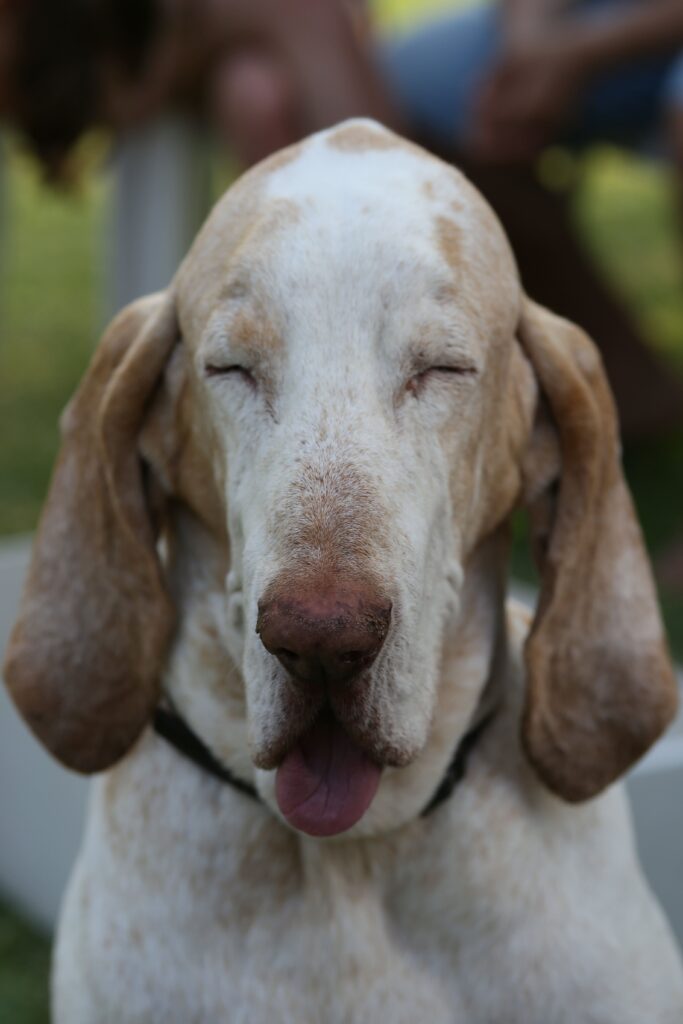
- Uniqueness: Elegant appearance with a distinctive gait.
- Temperament: Docile, affectionate, and dependable.
- Suitability for Families: Excellent; adapts well to family life.
- Exercise Needs: Moderate; enjoys outdoor activities and play.
- Training: Intelligent and eager to please; responds well to positive reinforcement.
- Common Behavioral Issues: Can be reserved with strangers; early socialization helps.
- Grooming: Moderate; regular brushing to maintain its coat.
- Dietary Needs: Balanced diet to support its energy levels.
- Attributes: Versatile hunting dog, easy to train, and known for its affectionate nature.
In conclusion, the diverse tapestry of canine breeds that have found favor in 2023 reflects the evolving preferences and deep-rooted love Americans have for their four-legged companions. From steadfast classics to emerging stars, each breed brings its unique charm, history, and attributes to the table. As we celebrate these top contenders, it’s evident that the bond between humans and dogs remains unbreakable, transcending time and trends. Whether you’re a seasoned dog lover or considering welcoming a new furry member into your home, understanding the characteristics and appeal of these popular breeds can guide you toward a fulfilling companionship. Here’s to the joy, loyalty, and unconditional love that our canine friends bring into our lives!
Q & A
Q: What breed of dog is now #1 in popularity in the U.S?
A: The American Kennel Club ranks the French Bulldog #1 in 2023. For the past 31 years the #1 dog breed was the Labrador Retriever.
Q: What is the #1 nicest dog breed?
A: Labrador Retriever followed by the Golden Retriever.
Q: What factors contribute to the popularity of certain dog breeds in the USA each year?
A: The popularity of dog breeds often depends on factors such as adaptability to living conditions, temperament, health, and media influence. Breeds that are easy to train, have fewer health issues, and fit well in various living situations tend to be more popular.
Q: How do exercise needs vary among the top dog breeds of 2023?
A: Exercise needs can vary significantly. For instance, breeds like the Siberian Husky require extensive daily exercise due to their high energy levels, while the French Bulldog might be content with shorter play sessions and walks.
Q: Are there specific grooming requirements for the most popular dog breeds in 2023?
A: Absolutely! While breeds like the Labrador Retriever might require regular brushing to keep their coat healthy, the Poodle, known for its curly coat, might need more frequent grooming sessions and professional care to prevent matting.
Q: How do the dietary needs differ among the top 10 dog breeds?
A: Dietary needs can be influenced by a breed’s size, activity level, and specific health concerns. For example, a German Shepherd might require a diet that supports joint health due to its susceptibility to hip dysplasia, while a Dachshund might benefit from a weight management formula to prevent obesity.
Q: With the introduction of the Bracco Italiano in 2023, how does its temperament compare to other popular breeds?
A: The Bracco Italiano is known for its docile and reliable nature, making it a versatile hunting dog and family companion. While each breed has its unique temperament, the Bracco Italiano stands out for being affectionate and easy to train, like other top breeds like the Golden Retriever and Labrador.


